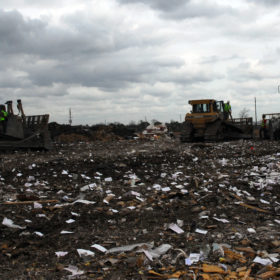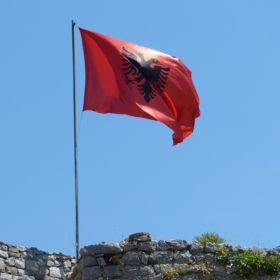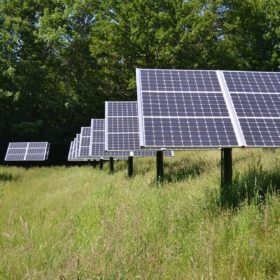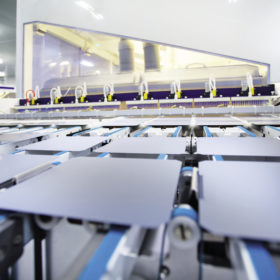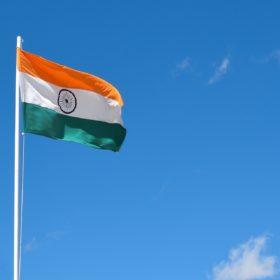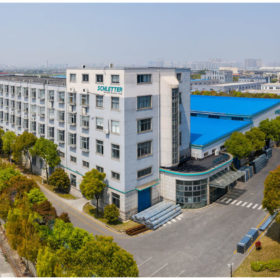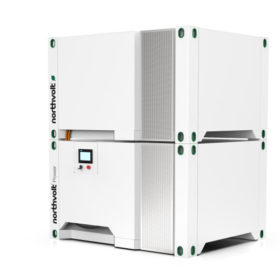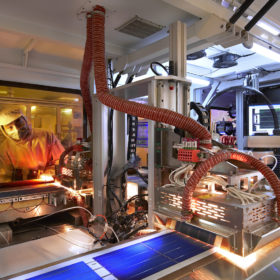It may be safe to put PV panels in landfills, but that doesn’t mean we should
According to a new report from the International Energy Agency (IEA), health risks from lead in crystalline silicon PV panels are one order of magnitude — or about one-tenth — below the risk levels set by the U.S. Environmental Protection Agency.
Albania’s 140 MW PV tender concludes with final price of €0.02489/kWh
The project was awarded to French developer Voltalia. The plant will be located in the Karavasta area, in the centre of the country.
Another Romanian oil company unveils solar plans
Romanian petroleum transport services provider Conpet announced plans to install PV plants across five of its facilities. Initial investment will be limited to 3 million ROL ($680,000), but the group aims to create a renewable energy business unit under its 2020-2025 strategy.
Solar parks may have better biodiversity impact than intensive monoculture farming
A research project in the Netherlands is seeking to assess the impact of large scale PV projects on soil quality and biodiversity. Principal scientist Wim Sinke, of Dutch research center TNO, says well-designed and operated and maintained solar parks could prove to have better outcomes than monoculture farming.
Chinese PV Industry Brief: Lower wafer prices, module procurement, and a new production line
Sveck, China’s top supplier of EVA films for PV modules, has revealed plans to list shares in Shenzhen. China Guangdong Nuclear Power Corp. has selected Longi and EGing to respectively supply 238 MW and 112 MW of panels for its projects, with Longi also announcing wafer price cuts. Jincheng Machinery, meanwhile, has started raising funds to develop a new production line.
Malta launches 15 MW solar tender
The government wants to procure several 1 MW-plus solar plants. The tender is the third of its kind, and part of the 50 MW incentive scheme the island’s government launched in November 2017.
Solar tariffs of less than $0.034 not financially viable in India
Solar developers in India must consider a range of risks to secure reasonable returns on solar projects, according to research by the Institute for Energy Economics and Financial Analysis and JMK Research & Analytics.
Schletter increases production capacity in China
The German mounting system maker has expanded its production capacity in Shanghai after opening a new, bigger fab in March.
Northvolt unveils modular lithium-ion battery
The Swedish storage system manufacturer said its Voltpack Mobile System can be used in different market segments, particularly for remote or weak grids. The battery has a scalable storage capacity ranging from 245 kWh to 1,225 kWh. Swedish utility Vattenfall is now testing the system’s capabilities.
Chinese PV Industry Brief: Jinko Power and Trina Solar go public, profit growth for Daqo, and new dates for SNEC
Jinko Power has moved forward with plans to list shares on the Shanghai Stock Exchange, while Trina Solar said that the China Securities Regulatory Commission has approved its application for its own initial public offering. Polysilicon producer Daqo, meanwhile, reported solid first-quarter results, and the organizer of the SNEC solar show changed the exhibition’s dates and location once again.
